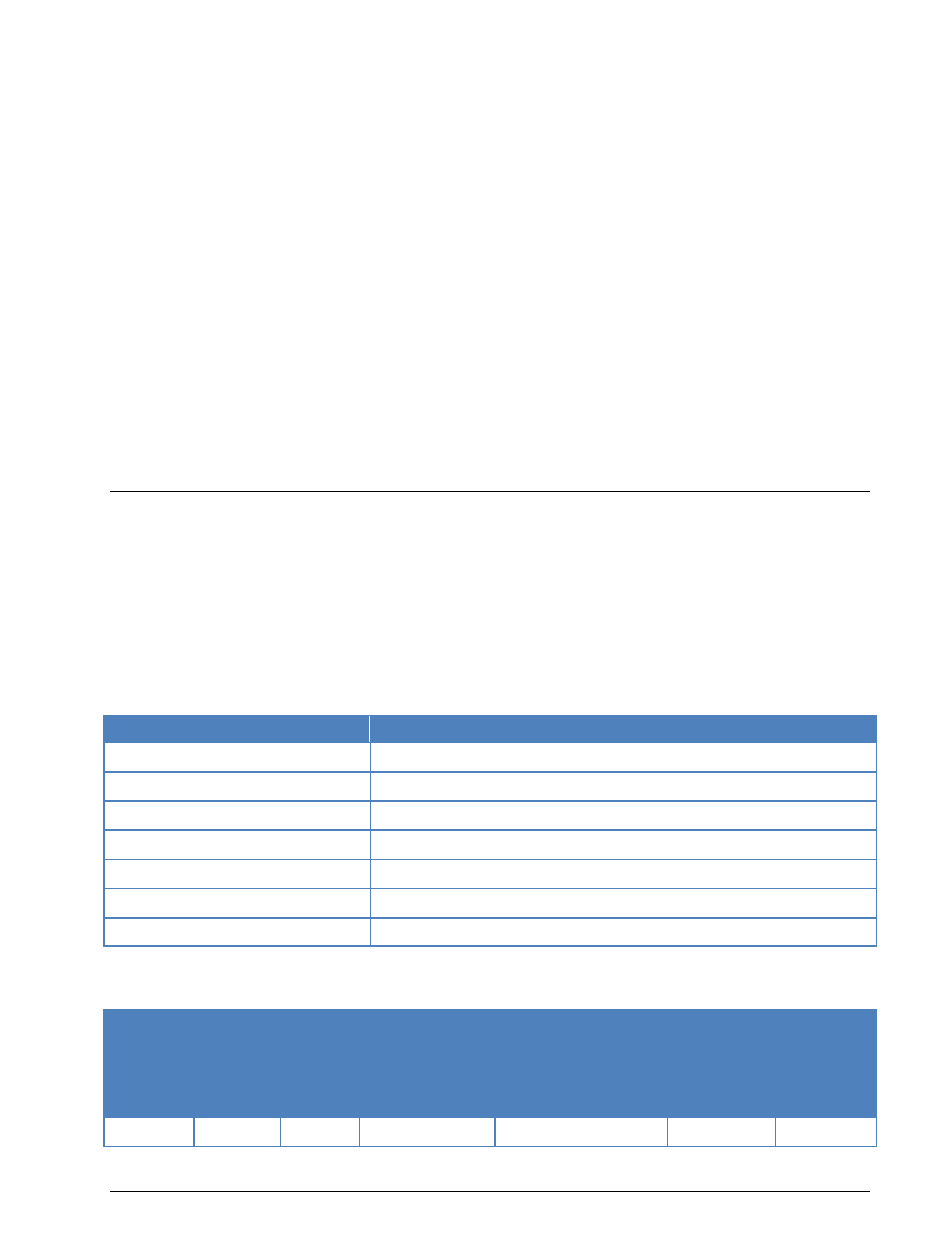Mil-188-110b (appendix c), stanag 4539 – Wavecom W61PC V7.5.0 User Manual
Page 181

WAVECOM Decoder W61PC/LAN Manual V7.5
Transmission Modes
171
mitted to keep the receiver, mainly the equalizer, on track. Thus the receiver can be resynchronized with-
out the preamble being regularly repeated.
The MIL-188-110A decoder processes all the above settings except 2400 bps voice. Generally MIL-188-
110A user data is transmitted in binary mode, i.e. in a transparent mode. Thus upper protocols layers are
required to further process this data stream. For this reason the decoder displays the user data BINARY,
HEX, ASCII ASYNC or ASCII SYNC format selected from Options/Message Type....
In the HEX display mode, the decoded binary data is just displayed as it is.
In ASCII ASYNC mode, the bit stream is searched with an ASCII ASYNC structure, i.e. one start-bit (0),
8 data-bits and at least one stop-bit (1). The 8 data bits are transmitted with the LSB first. The display is
stopped when more than 3 NULL characters are received or when the asynchronous data structure is vio-
lated more than 8 times.
In ASCII SYNC mode, each 8 bits (LSB first) represent one ASCII character.
Tuning the decoder
The decoder processes signal in both SSB settings: USB and LSB. This can be selected with Polarity in
the menu: NOR means USB and INV means LSB signal.
The center frequency of the decoder should be set to 1800 Hz when the receiver is correctly tuned to the
transmitting station. Small frequency variations are automatically compensated in the decoder. The center
frequency of the decoder can be adjusted to ±400 Hz from its normal setting. By using the bar-graph, any
remaining frequency difference can be compensated by fine tuning of the receiver frequency or by adjust-
ing the center frequency of the decoder.
MIL-188-110B (Appendix C), STANAG 4539
The MIL-STD-188-110B "Interoperability and Performance Standards for Data Modems", published on
27th April 2000 by the US Department of Defense (DoD) includes in its appendices different kinds of mo-
dem waveforms. The Appendix C defines the HF data modem waveforms and coding specifications for data
rates above 2400 bps, i.e. for data rates of 3200, 4800, 6400, 8000 and 9600 bps. Uncoded operation at
12800 bps is a DO (Design Objective). The single-tone waveforms specified use 8-PSK, 16-, 32- and 64-
QAM on a single carrier frequency (1800 Hz) as the modulation techniques. The waveform has a unique
symbol rate of 2400 Bd. Together with a constraint length 7, rate 1/2 convolutional code (FEC), punctured
to rate 3/4, the various effective user data rates (except 12800 bps) are realized. A linear interleaver is
used to redistribute the FEC coded user data bits of a certain block length ranging from 0.12 sec to 8.64
sec, thus producing a delay in the data transmission.
Parameter
Value
Frequency range
HF
Operation modes
PSK, Broadcast/Simplex FEC
Modulation
8-PSK, 16-QAM, 32-QAM and 64-QAM
Symbol rate
2400.0 Bd
Center frequency
1800 Hz
Receiver settings
DATA, CW, LSB or USB
Input format(s)
AF, IF
This mode is equivalent to NATO STANAG 4539.
MIL-188-110B Appendix C single-tone waveform has the following characteristics:
Baud rate
User data
rate (bps)
Inter
leaver
Modulation (bit
per symbol)
FEC coding rate
No. of un-
known sym-
bols
(User
Data)
No.
of
known
8-
PSK sym-
bols
(Channel
Probe)
2400
3200
variable
QPSK (2)
1/2, punctured to 3/4
256
31
